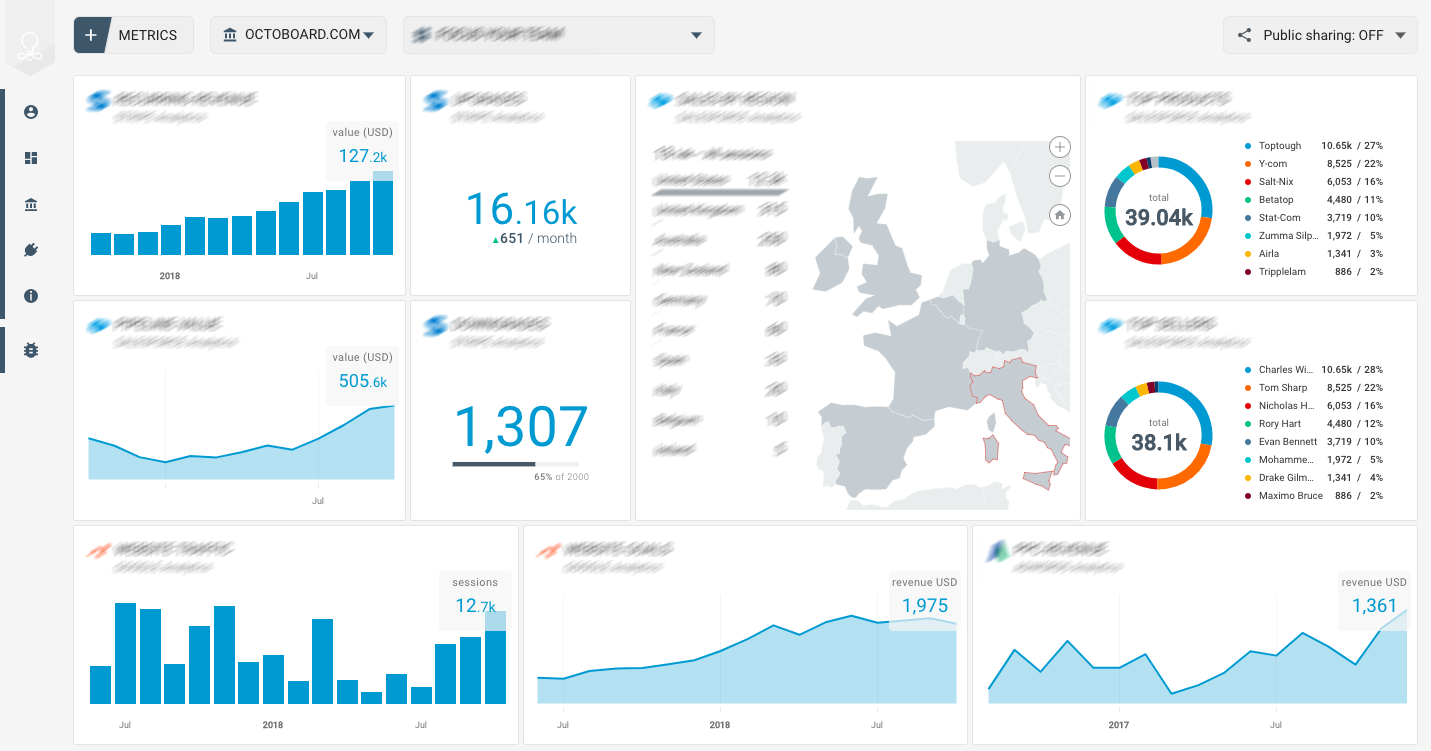If you want to use GetResponse to send emails, you might ask, how many emails can I send every month? This is an important question. It helps you plan your email marketing. In this article, we will explain how many emails you can send with GetResponse each month. We will also explain what affects this number. By the end, you will know what to expect from GetResponse.
What Is GetResponse?
GetResponse is a tool for sending emails to many people. It is used by businesses and people who want to talk to their customers. With GetResponse, you can send newsletters, offers, and updates. It is easy to use and has many features.
Is There a Limit on the Number of Emails?
Yes, GetResponse has limits. The number of emails you can send depends on your plan. GetResponse offers different plans for different needs. Each plan allows a certain number of emails per month.
Types of Plans and Email Limits
GetResponse has several plans. Each plan has its own email sending limits. Let’s look at the common plans and their limits.
| Plan Name | Monthly Email Limit | Who It Is For |
|---|---|---|
| Basic | Unlimited emails | Small businesses and beginners |
| Plus | Unlimited emails | Growing businesses |
| Professional | Unlimited emails | Advanced marketers |
| Max | Custom limits | Large enterprises |
You might wonder, how can these plans have unlimited emails? Let’s explain.
Unlimited Emails: What Does It Mean?
When GetResponse says “unlimited,” it means you can send as many emails as you want. But there are some rules. The main rule is about your number of contacts.
Your monthly email limit depends on how many contacts you have. Contacts are people you send emails to. For example, if you have 1,000 contacts, you can send 1,000 emails per campaign. You can send many campaigns, so total emails per month can be very high.
But if you have 10,000 contacts, you can send 10,000 emails per campaign. So, the bigger your contact list, the more emails you can send.
How Contact List Size Affects Email Sending
Your plan price changes when you add more contacts. More contacts means higher cost. But also, you can send more emails.
Here is a simple way to think about it:
- You can send one email to all your contacts.
- If you want to send two emails to all, that is two times your contacts number.
- You can send many emails. The limit is your contacts multiplied by the number of campaigns.
Example: Sending Emails With 5,000 Contacts
Imagine you have 5,000 contacts in GetResponse. You want to send a newsletter every week. There are 4 weeks in a month.
So, 5,000 emails per newsletter times 4 newsletters equals 20,000 emails per month.
You can send even more emails if you send more campaigns. But you cannot send more emails than your contacts multiplied by campaigns.
Are There Any Other Limits?
Yes, GetResponse has some rules to keep email quality good.
- They watch your email sending speed.
- They check if your emails get many bounces or complaints.
- If you send too many emails too fast, they may slow you down.
- This keeps your account safe and avoids spam problems.
What Happens If You Reach the Limit?
If you reach your contact or sending limit, GetResponse will tell you. You can then choose to upgrade your plan. Or, you can clean your contact list to remove inactive emails.
Sometimes, if you send too many emails quickly, GetResponse may pause your account for safety. This is rare if you follow their rules.
How to Check Your Email Limits
You can check your email limits in your GetResponse account. Here is how:
- Log in to your GetResponse account.
- Go to “Account Settings.”
- Look for “Plan and Usage.”
- Here, you see your contact number and email limits.
This helps you plan your email campaigns better.
Tips to Manage Your Email Sending
To use GetResponse well, keep these tips in mind:
- Keep your contact list clean. Remove inactive or wrong emails.
- Send emails regularly. Don’t send many emails all at once.
- Follow GetResponse rules. Avoid spammy content.
- Upgrade your plan if needed. More contacts means more emails.
- Use automation. It helps send emails at the right time.

Credit: www.crazyegg.com
Can You Send One Email to Many Contacts?
Yes, you can send one email to many people at once. This is called a campaign. Each campaign email counts as one email per contact.
So, one email sent to 1,000 contacts counts as 1,000 emails sent.
Summary: How Many Emails in GetResponse a Month?
The number of emails you send depends on your contacts. GetResponse plans offer “unlimited” emails, but with rules. You can send many emails if you have many contacts. Your monthly email sending equals contacts times campaigns. For example, 5,000 contacts and 4 campaigns means 20,000 emails per month.
Always check your plan limits in your account. Follow GetResponse rules to avoid problems. Clean your contact list often. Upgrade your plan if your list grows.
With this, you can plan your email marketing better. GetResponse helps you reach many people easily.

Credit: me.pcmag.com
Final Thought
Understanding email limits in GetResponse is easy. Focus on your contacts and how often you send emails. This helps you know how many emails you send every month. GetResponse is a good tool for email marketing. Use it wisely, and you will see good results.
Frequently Asked Questions
How Many Emails Can I Send Monthly With Getresponse?
GetResponse allows unlimited emails on most plans, but limits depend on your subscription type.
Does Getresponse Charge For Each Email Sent Monthly?
No, GetResponse generally charges by subscriber count, not by the number of emails sent.
Can I Upgrade My Getresponse Plan For More Emails?
Yes, upgrading your plan increases subscriber limits and email sending capabilities.
Are There Monthly Email Sending Limits On Getresponse Free Plan?
The free plan has limits on subscribers and monthly emails, usually fewer than paid plans.

